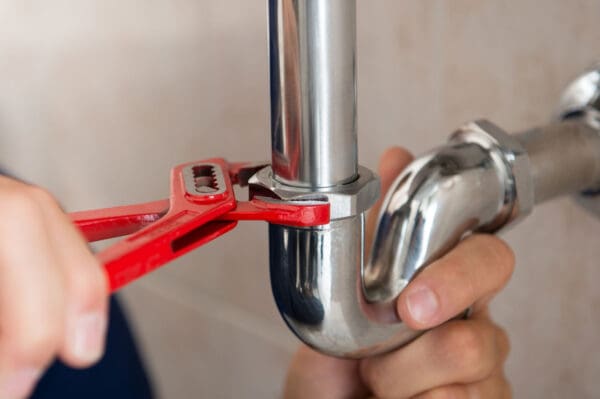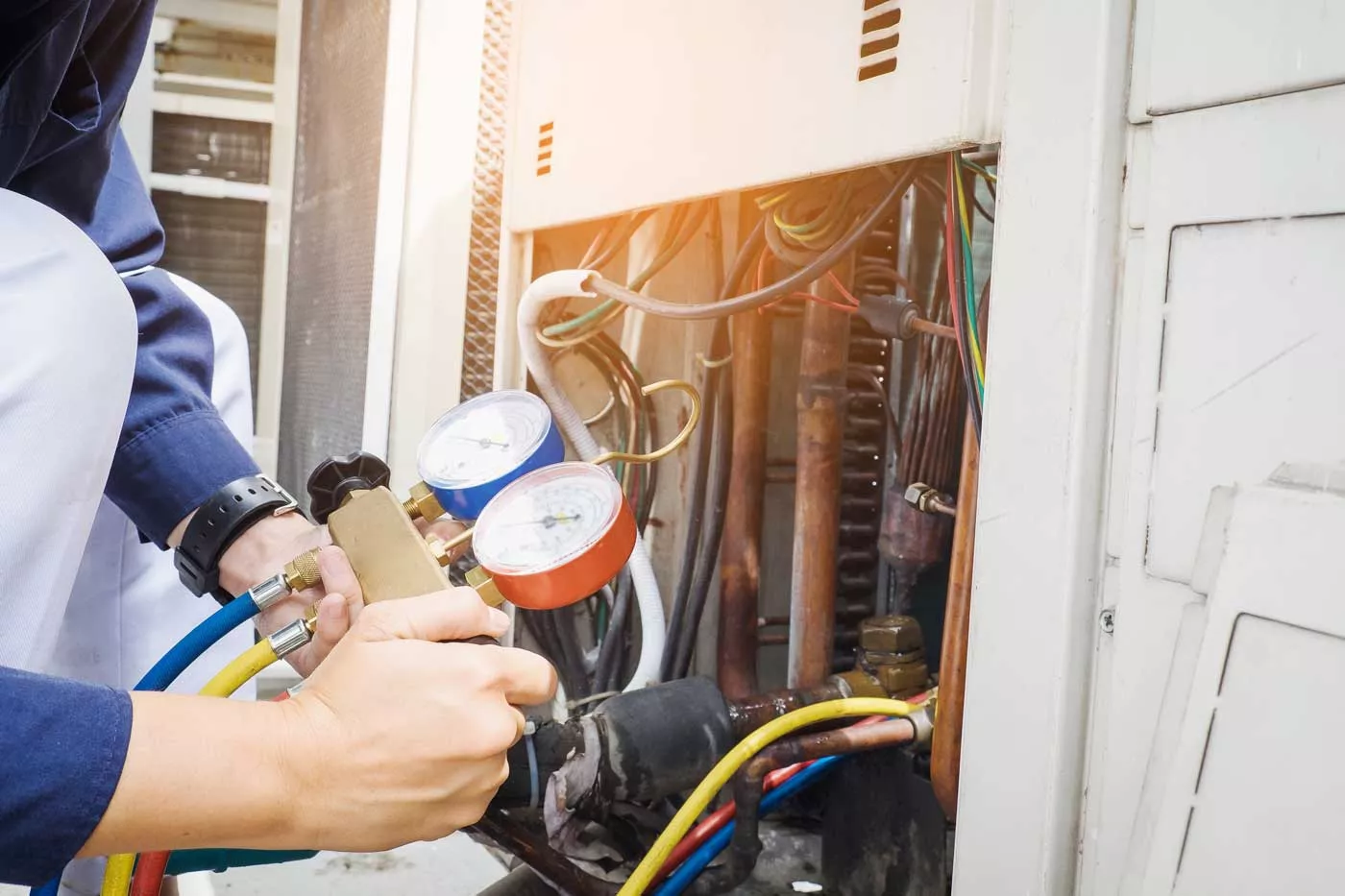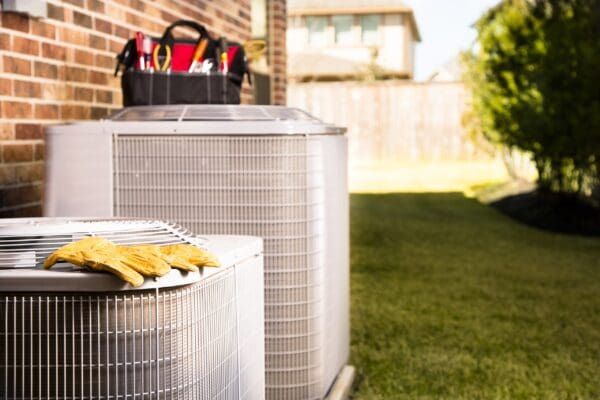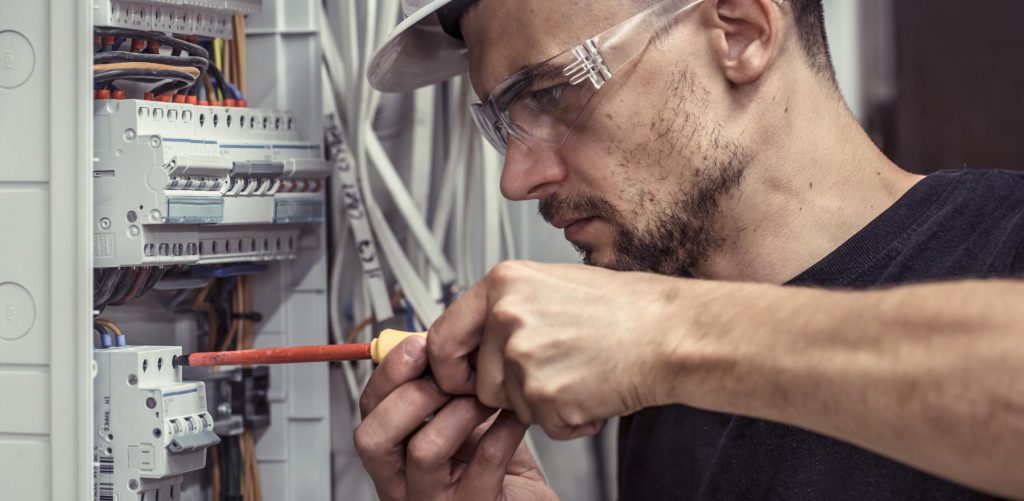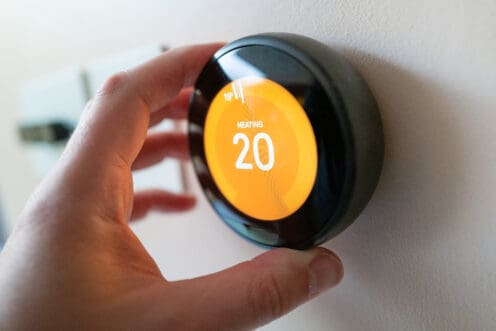
Home heating and cooling system optimization is of the utmost importance in the Garden State. This is, in large part, due to the fluctuating temperatures that each season brings. In this article, we’ll take a look at the cutting-edge realm of smart thermostats. We’ll cover how they function and provide practical advice on how to use their features. By using the tips, you can make your house in New Jersey more energy efficient.
How Do Smart Thermostats Work?
Using state-of-the-art technology, smart thermostats completely transform the way we manage the temperature inside our homes. These gadgets use a variety of methods to learn your preferences and react to outside influences. To identify when people are in the room and change the temperature appropriately, modern smart thermostats come with occupancy sensors. These sensors do much more than allow for precise, hands-free temperature control. They prevent wasted energy and make customized comfort accessible to everyone.
Smart thermostats provide remote access and integration with other smart devices by connecting to your home network via WiFi. These devices employ machine learning to automate temperature optimization over time by learning trends. They can even conserve energy by using real-time weather data to forecast temperature fluctuations and react appropriately.
Using Smart Thermostats to Increase Energy Efficiency
Let’s look at different ways to use smart thermostats to increase your home’s energy efficiency. From geofencing to zone control, each of these tips can save you money and make your home more comfortable.
Temperature Scheduling
Using the thermostat or a mobile app, program the smart thermostat to automatically adjust the temperature at certain times. To maximize efficiency, program several temperature settings to run at different times of the day. When you’re not at home or you’re away on vacation, set the thermostat to a higher or lower setting. The right setting depends on whether it’s the cooling or heating season. Lower temperatures are more efficient during the heating season. Higher temperatures are better during the warmer parts of the year. When you are home, set the temperature to a more comfortable setting. This will help you stay warm in the cold and cool during the summer. Consider setting a setback temperature to go into effect every night when you go to sleep. This can maximize your energy savings.
Geofencing
Establishing a virtual perimeter around your house with the smartphone app enables the geofencing function on your smart thermostat. Your thermostat-connected smartphone will initiate temperature changes the moment it leaves or enters this zone. Do your best to follow strategic geofencing routines for maximum energy savings. For instance, switch to an energy-saving setting on the thermostat as soon as everyone leaves the house. To make sure it’s comfortable when you get back, set it so that the pre-cooling or pre-heating process starts right before you get home. Geofencing allows you to automate temperature control settings based on occupancy. This is especially helpful for optimizing energy consumption and saving on utility costs.
Remote Access
A smart thermostat’s remote access feature allows users to adjust the temperature from any location via a web interface or mobile app. This function improves efficiency and comfort by allowing changes in response to actual demands. To make sure you’re comfortable when you get home, adjust the temperature from afar. This is especially helpful if your plans change and you’ll be back sooner than expected. Alternatively, you can also use it to alter the temperature if you get stuck at work or in traffic.
Zone Control
Zoned heating and cooling allow you to set different temperatures in different parts of the house. This is especially advantageous in larger homes as well as those with lots of unoccupied spaces. Using zoning features on the smart thermostat, you can focus the heating and cooling where they’re needed most. During the summer and in the daytime, it’s best to focus your cooling efforts on occupied areas. At night, focus the cooling on the bedrooms. During the winter, it’s best to concentrate the heating on any occupied spaces while setting lower temperatures for the unused zones. Make sure any schedule modifications that you make align with your daily patterns to optimize energy efficiency.
Usage Reports
Smart thermostat reports provide temperature trends and system runtimes to inform users of their energy consumption. Homeowners can use this information to make choices, set temperature schedules, and find efficiency gains. Start by checking the reports for peak usage times and changing your heating and cooling schedules to save electricity.
Next, use the reports to uncover inconsistencies or excessive usage to identify possible hazards. Sudden increases in energy use can indicate inefficient HVAC equipment or malfunctioning parts. Unexplained schedule changes may result from a programming error or unauthorized access. Both of these issues require prompt attention from a professional HVAC technician. Usage reports can also help you identify cycling issues. Frequent on/off cycles cause excessive strain on the heating and cooling systems. This reduces the system’s efficiency. If you notice them on the report, schedule professional maintenance to determine the source of the problem.
Weather Integration
You can easily take charge of your home’s interior temperature management by coordinating it with weather predictions. This not only allows you to optimize comfort but also decreases energy use. For optimal efficiency, choose a smart thermostat that integrates with weather systems utilizing real-time weather data. Using this function, you can modify the thermostat settings according to the predicted weather. When it’s very hot outside, for example, the thermostat can pre-cool the house before it becomes too hot inside. This way, it doesn’t have to work as hard. Likewise, as the weather becomes cooler, the thermostat can sense when the temperature will drop. It can then change the heating settings appropriately.
Occupancy Sensors
Occupancy sensors allow the thermostat to alter the temperature based on occupied and unoccupied areas of the home. Using these sensors can save huge amounts of money on energy bills. Imagine only having to heat or cool the parts of the house that stay occupied. In the other parts, the temperature stays at a level that promotes greater heating and cooling efficiency. This not only improves indoor comfort but also reduces wear and tear on the HVAC systems.
Adaptive Recovery
By enabling adaptive recovery, you can let the thermostat learn your habits and reduce energy-wasting cooling or heating. If you usually get up at seven in the morning, the thermostat will make sure the temperature is where you want it to be. More importantly, it does this without turning the system on too early. You can also use adaptive recovery mode for efficient post-vacation comfort. This mode balances comfort and energy savings by heating or cooling the house before you return after a vacation.
First Choice Plumbing, Heating, Air Conditioning & Electrical is here to meet all of your heating and cooling needs in Metuchen, NJ. We also offer plumbing services, maintenance plans, indoor air quality testing, and more. Your home’s comfort and energy efficiency are our top priorities. Give us a call today to learn more about the benefits of a smart thermostat.

